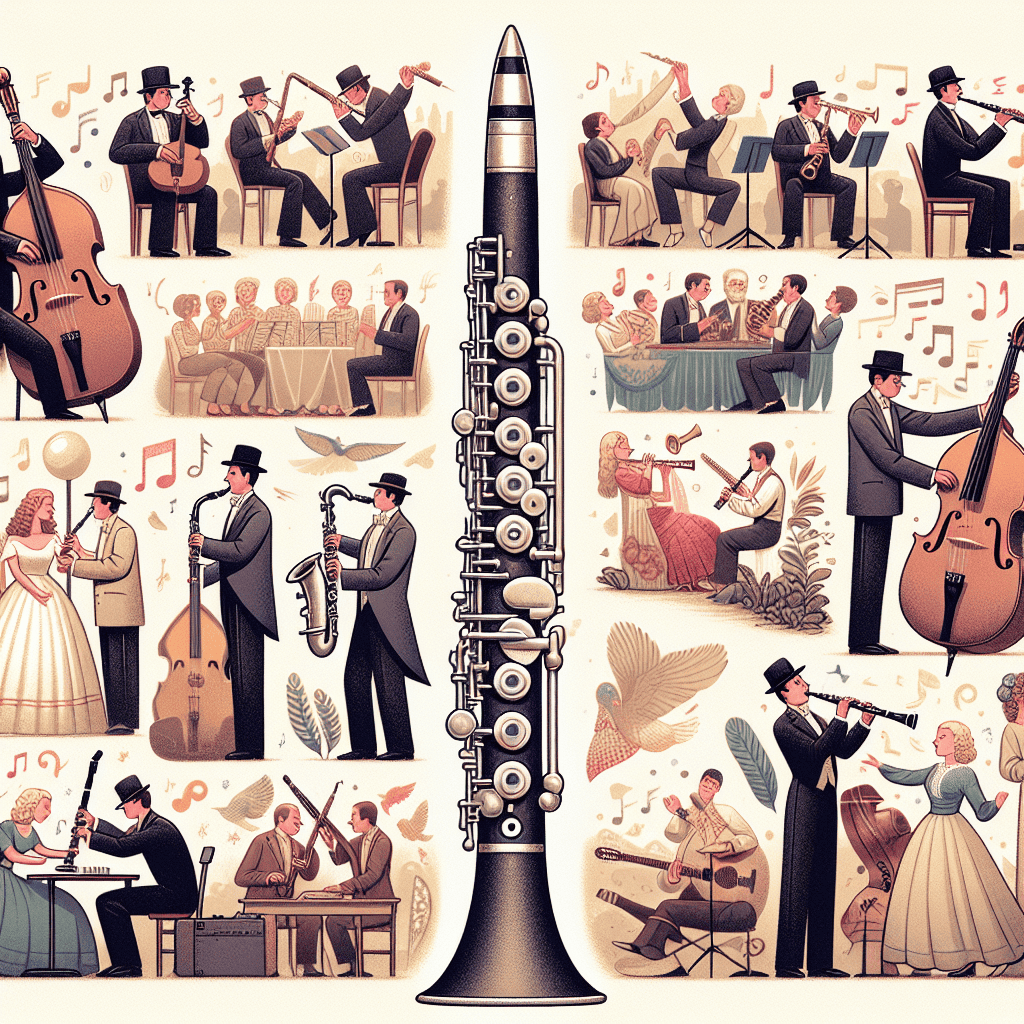The clarinet, with its rich sound and vast range of timbres, is a beloved instrument in music. Let's explore some interesting facts about clarinet timbre variations! These insights will deepen your appreciation of the clarinet's unique voice, whether you're just starting out or you've been playing for years.
Understanding Clarinet Timbre
You might be wondering, what exactly is timbre? It's the distinct character or quality of a musical sound that sets it apart from other instruments, even when they're playing the same note. Timbre is what gives each instrument its unique personality and sound signature.
Factors Influencing Clarinet Timbre
Several elements contribute to a clarinet's timbre:
| Factor | Description | Impact on Sound |
|---|---|---|
| Materials | Wood type (e.g., Grenadilla) or synthetic materials | Affects warmth and richness of tone |
| Reed | Thickness and quality of the reed | Influences brightness and fullness of sound |
| Mouthpiece | Shape and tip opening size | Affects flexibility and robustness of tone |
| Ligature | Material and design | Fine-tunes overall timbre |
Historical Trivia of Clarinet Timbre
The clarinet's sound has changed significantly over time:
- Early Clarinets: The chalumeau, an early relative of the clarinet, had a limited range and simple mechanics. Baroque clarinets had fewer keys but produced a bright, distinctive sound.
- Classical Period: Clarinets became more refined during this era, thanks to innovators like Johann Christoph Denner. These instruments offered greater expressiveness and a wider dynamic range.
- Modern Era: Today's clarinets are the result of centuries of improvements. They offer incredible versatility, allowing musicians to create a wide range of sounds from mellow and warm to sharp and bright.
Practical Tips for Mastering Clarinet Timbre
Here are some ways to improve your control over the clarinet's timbre:
- Long Tones: Practice long tones daily to develop control and consistency. Listen carefully to your sound and adjust your embouchure and breath support to explore different timbres.
- Reed Rotation: Regularly rotate your reeds. This ensures even wear and helps you find the perfect match for each performance situation.
- Experimentation: Try various materials, mouthpieces, and ligatures. Each element contributes to your overall sound palette.
The Legacy of Martin Freres Clarinets
The quality of your instrument plays a crucial role in achieving a beautiful timbre. Martin Freres Clarinets have a long-standing reputation for producing excellent instruments. Their commitment to quality has made them a favorite among clarinetists around the world.
Remember, improving your clarinet's timbre is an ongoing process. Keep experimenting, practicing, and most importantly, enjoy the journey! Happy playing!







